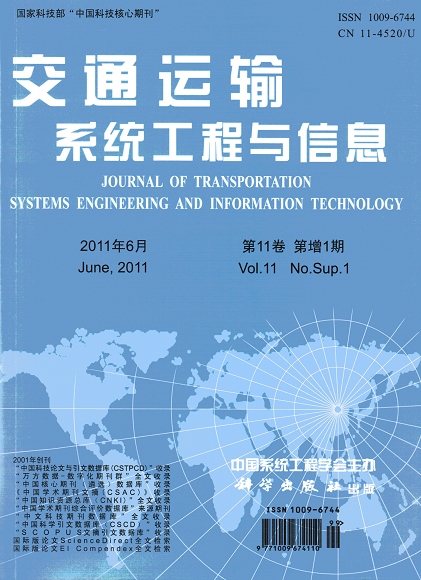|
|
Empirical Study of Designing the Entrances and the Exits of a Parking Area
GUO Yan-yun, SUN Zhuang-zhi, ZHANG Xiu-yuan
2011, 11(增1):
209-215.
With the development of economy and the acceleration of motorization process, parking management problems become more serious. Static traffic problems such as inadequate supply of parking facilities and services and especially the improper designs of the entrances and exits of parking areas have become increasingly prominent. These problems interfere with pedestrians and vehicles, which results in bottlenecks of road sections. On the other hand, they have serious impacts on both the traffic inside parking areas and the road traffic, which easily cause traffic jams and congestions. This study firstly summarized the common problems of designing entrances and exits of parking areas, including absence of U-turn lanes, the exits of a parking area facing up to pedestrian crossings, unreasonable location choices of entrances and exits, etc. Finally, by analyzing the problems of the parking area under the Xiaojie Bridge, countermeasures are proposed to solve these problems, and the effect of the application of these measures is evaluated.
Related Articles |
Metrics
|


